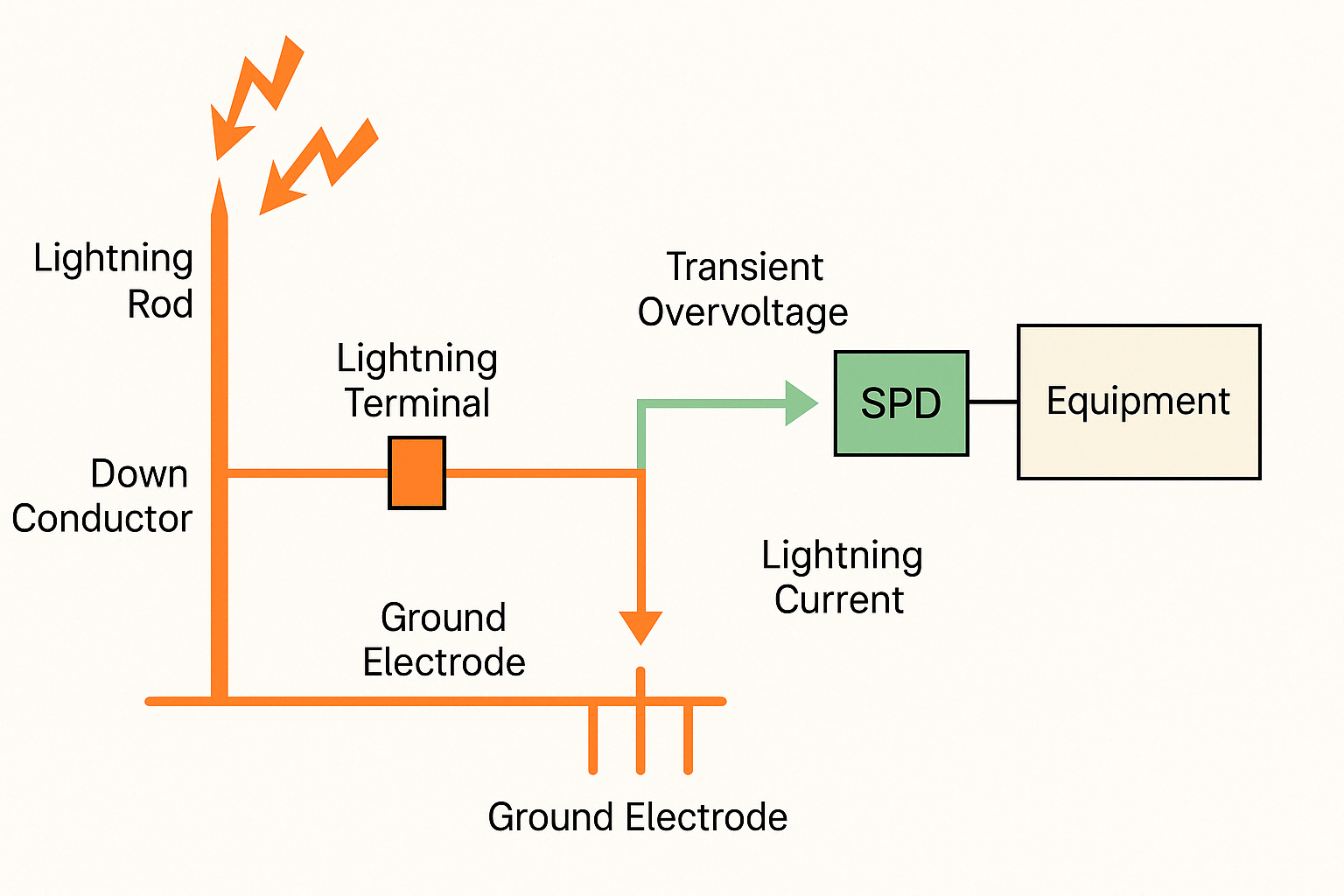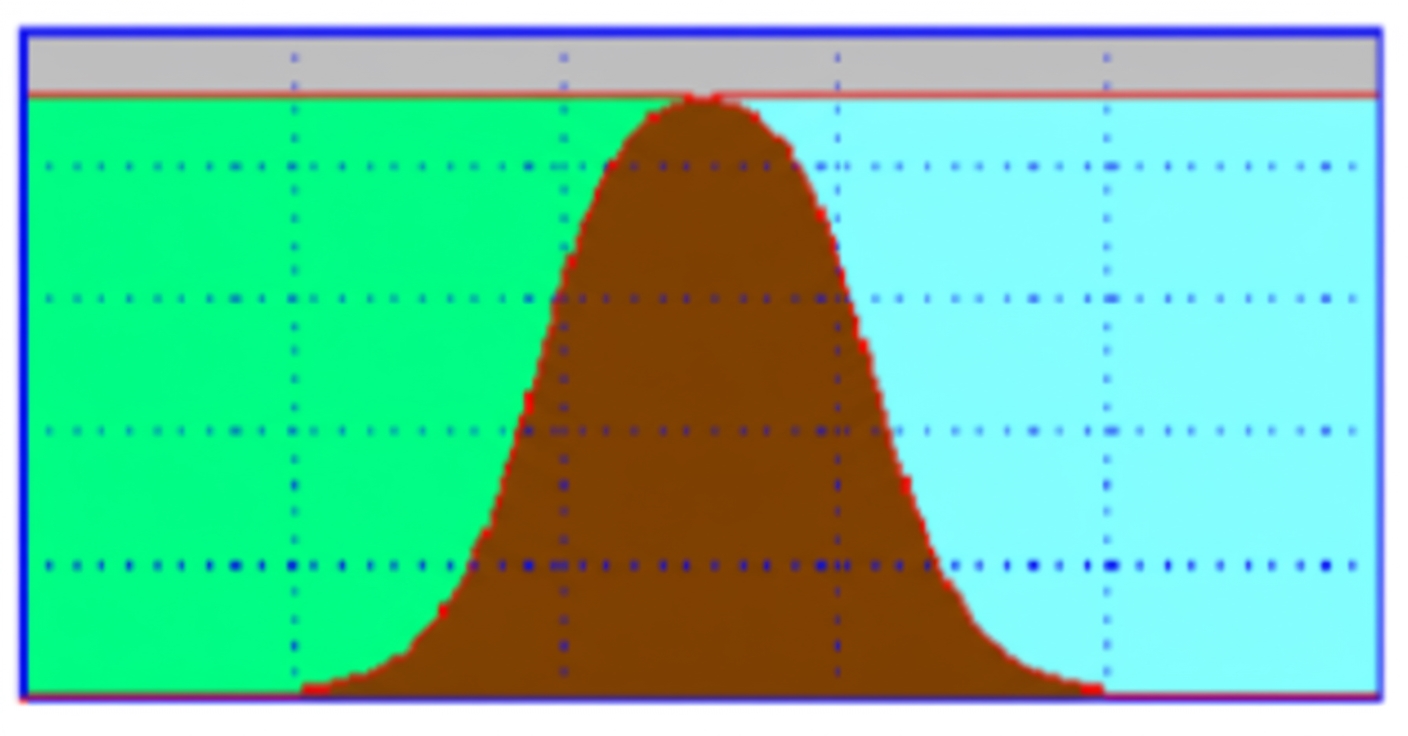Grounding is a critical aspect of electromagnetic compatibility (EMC) in electronic systems. This article explores the distinctions between different types of grounds, their purposes, and effective grounding strategies to minimize interference, with a focus on digital and analog grounds.
Overview of Grounding
In electronics, "ground" refers to a reference point for electrical signals or a path for discharging excess charge. Grounds are categorized into:
- Safety Ground: Protects users by dissipating fault currents.
- Signal Ground: Provides a return path for signal currents, divided into:
- Digital Ground: Reference for digital circuits.
- Analog Ground: Reference for analog circuits (zero potential point).
Why Separate Digital and Analog Grounds?
Digital signals, typically rectangular waves, contain harmonics that can distort analog signals if digital and analog grounds are not separated at their connection point. Similarly, high-frequency or high-power analog signals can disrupt digital circuits. Analog circuits handle small signals with high sensitivity, while digital circuits tolerate more noise due to higher threshold levels.
Separating grounds minimizes common impedance coupling, as circuit board copper traces have non-zero resistance. This reduces interference, preserving analog signal integrity and digital circuit reliability.
Grounding Methods
Grounding strategies include single-point and multi-point grounding, each suited to specific applications.
Single-Point Grounding
Single-point grounding connects all circuits to a single ground point, either in series or parallel:
- Series Single-Point: Circuits share a common impedance, leading to significant interference due to coupling.
- Parallel Single-Point: Each circuit connects directly to the ground point, reducing interference.
For low-frequency analog circuits, single-point grounding is ideal to avoid interference from common impedance. Thicker, shorter ground traces enhance effectiveness.
Multi-Point Grounding
High-frequency and digital circuits benefit from multi-point grounding, as inductance effects dominate at higher frequencies. Single-point grounding may lengthen ground paths, increasing interference. A hybrid approach, combining single- and multi-point grounding, is often used for mixed-signal systems.
Case Study: Grounding in a Mixed-Signal System
A vehicle infotainment system with a flyback converter and mixed digital/analog circuits required EMC optimization. The system separated grounds beneath the flyback transformer to isolate digital and analog domains.
Initial Approach
Connecting digital and analog grounds with a 0¦¸ resistor reduced radiated emissions in conducted emission (CE) tests. However, when integrated into the vehicle, the system suffered from noise crosstalk from other modules, impairing functionality. This approach was abandoned.
Capacitive Grounding Solution
To address CE issues without compromising functionality, capacitors were used for their AC-coupling properties. The following modifications were made:
- 100nF capacitor between the flyback circuit¡¯s power ground and digital ground on the board¡¯s front.
- 100nF capacitor between analog and digital grounds on the board¡¯s front.
- 10nF capacitor between analog and power grounds on the board¡¯s back.
These changes effectively reduced CE emissions while maintaining system performance, eliminating the previous frequency-specific exceedances.
Conclusion
In systems with flyback converters, digital, and analog circuits, separating grounds is essential for EMC compliance. To address interference, multi-point grounding using capacitors or resistors can be effective, provided it does not impair functionality. Careful grounding design ensures robust performance and compliance with EMC standards.
 ALLPCB
ALLPCB







